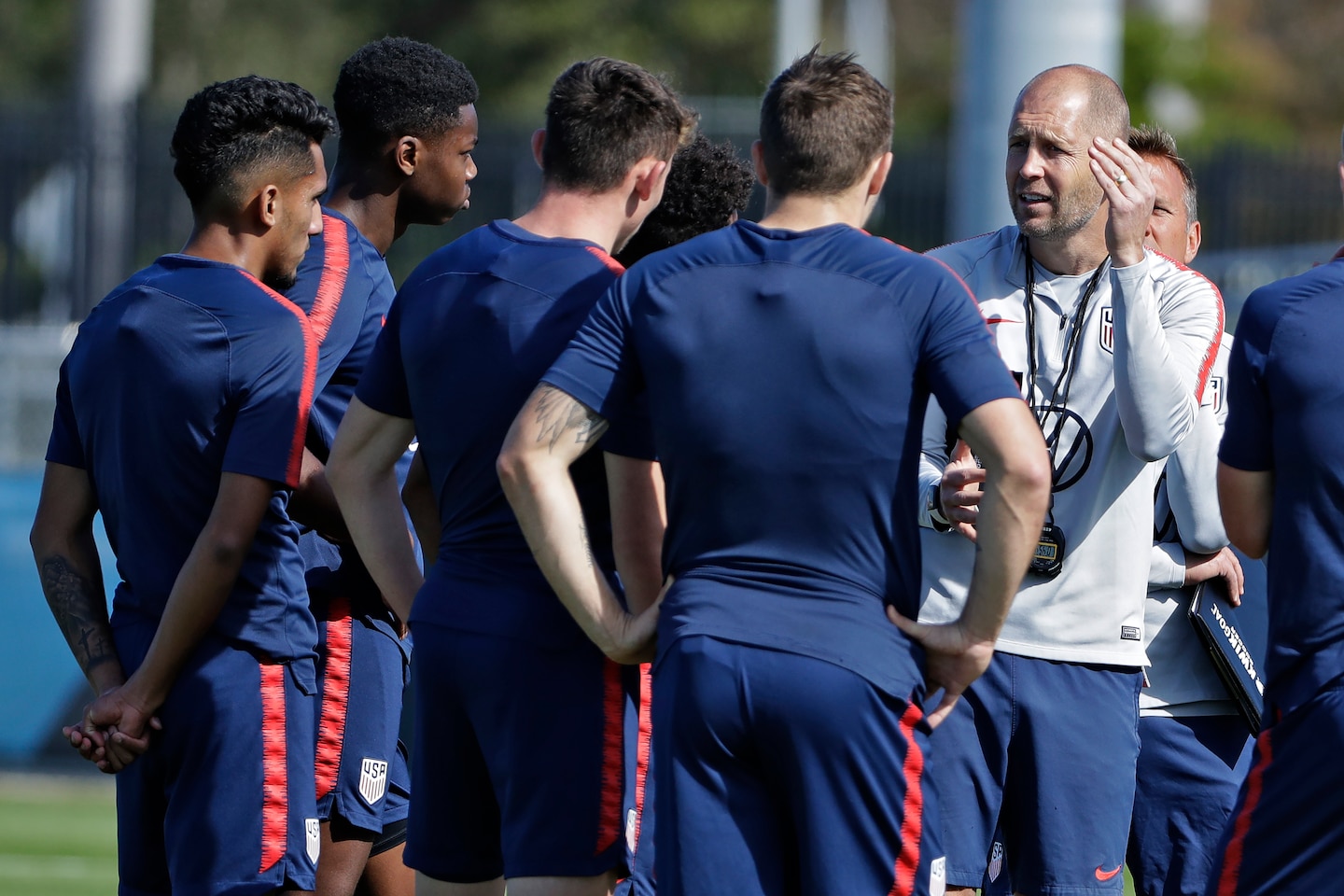USMNT faces revised path to 2022 World Cup after Concacaf sets new format

It means an eight-team final group instead of six. Informally known as the “hexagonal,” the stage will now be an “octagonal.”
Concacaf President Victor Montagliani said the previous schedule had been “compromised” by cancellations caused by the pandemic and “a new approach was required.”
“All teams now have the chance to compete for direct access to Qatar 2022 and dream of playing at a World Cup, while we have also respected the positions of those nations which had already mathematically qualified for the final round under the previous system.”
The delayed start allows U.S. Coach Gregg Berhalter additional time to mold his young squad, but it also creates a more perilous path to one of the region’s three automatic berths in Qatar. A fourth team will advance to an intercontinental playoff in June 2022.
Because of the Middle East’s summer heat, the World Cup was moved from its usual summer time period to November-December 2022.
With the United States facing four additional qualifying matches, there is more room for error but also more teams vying for the same number of slots.
“It’s good that we have clarity regarding the format and scheduling, which allows us to chart the course ahead,” Berhalter said. “We are looking forward to the challenge that this new World Cup qualifying format will present. We have a busy 2021 that gives us the opportunity to compete for trophies and also take a big step towards qualifying for the World Cup.”
Based on FIFA’s latest rankings, the top five teams in Concacaf will skip the preliminaries and go straight to the final stage. They are Mexico, the United States, Costa Rica, Jamaica and Honduras.
Previously, the top six were to receive passes to the final round. (El Salvador will now have to navigate two steps to reach the last stage.)
In the first round, Concacaf will set six five-team groups. Teams will play one another once — not twice, as is customary. They will play two games at home and two away this fall.
El Salvador, Canada, Curaçao, Panama, Haiti and Trinidad and Tobago are the top group seeds. A draw will determine the full groups and locations.
The six group winners will advance to the second round in March. Three head-to-head matchups, using a traditional home-and-home format, will determine who advances.
In the final round, teams will play four matches apiece next June, then two in each of the FIFA windows in September, October and November 2021 and January and March 2022.
As a tuneup for qualifying, the United States in March will compete in the last stage of the Concacaf Nations League, which was postponed this summer. The Americans will face Honduras, and Mexico will play Costa Rica, at U.S. venues to be determined. The third-place game and final will follow a few days later.
Had the event taken place this summer, the semifinals would’ve unfolded at two venues in Houston and the third-place match and final in Arlington, Tex.
As for the remainder of 2020, the U.S. Soccer Federation is seeking opportunities to schedule friendlies in October and November. Berhalter would also like to conduct the annual January training camp, followed by one or two friendlies. However, the health crisis will dictate whether any of that is possible.
Concacaf also set the dates for the 2021 Gold Cup: July 10-Aug. 1 at several U.S. venues to be determined.






